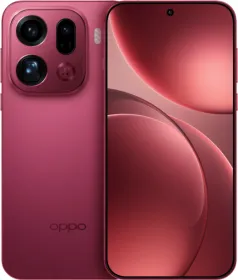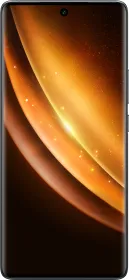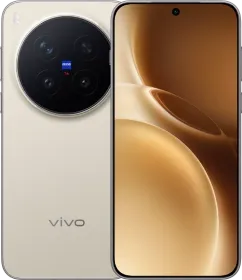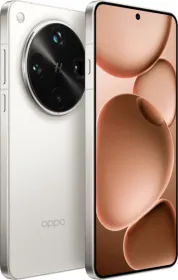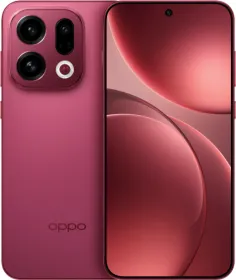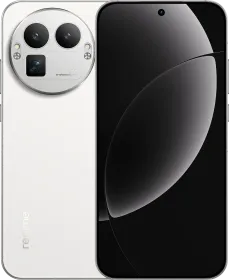TL; DR
- Sony’s LYTIA 901 is a 200 MP, 1/1.12 inch mobile sensor that uses on sensor AI remosaicing and delivers over 100 dB dynamic range.
- The QQBC structure enables lossless 4X zoom from a single lens while supporting high frame rate formats including 4K at 120 fps.
- The sensor is expected to appear in early 2026 flagships such as the OPPO Find X9 Ultra and vivo X300 Ultra, with mass production starting November 2025.
Sony Semiconductor Solutions has introduced the LYTIA 901 (or LYT901), a 200 MP stacked CMOS sensor built for high end smartphones. The announcement marks a shift in Sony’s mobile strategy as the company brings AI based processing directly onto the sensor to improve clarity, low light results and HDR performance. The launch took place following months of leaks pointing to a major upgrade in the LYTIA lineup.
The LYTIA 901 uses a 1/1.12 inch format with a 14.287 mm diagonal and a 0.7 μm pixel pitch. The hardware is designed to capture high levels of detail for cropping and zooming without relying on multiple lenses.

Sony’s Quad Quad Bayer Coding layout increases sensitivity and color accuracy while an AI remosaicing engine reconstructs pixel data in real time. This process allows up to 4X zoom without the usual softness found in digital crops.
Dynamic range capability is one of the sensor’s other standout traits. Sony uses DCG HDR, Fine 12 bit ADC and Hybrid Frame HDR to reach more than 100 dB of range, a level intended to handle strong backlighting and high contrast scenes.

Video formats include 200 MP RAW at 10 fps, 50 MP at 30 fps using 2×2 binning, 12.5 MP at 60 fps with HDR, 8K at 30 fps and 4K at 120 fps through 4×4 binning. Sony says the LYTIA 901 can maintain a 4X hardware zoom while recording 4K at 30 fps, which gives it a unique position in current mobile sensors.
Connectivity options include MIPI C PHY at up to 6.0 Gsps per trio and D PHY at up to 2.5 Gbps per lane. The power setup consists of analog rails at 2.8 V and 1.8 V, digital at 0.82 V and I O at either 1.8 V or 1.2 V, aligning the sensor with upcoming chipsets such as Qualcomm’s Snapdragon 8 Elite series.
Industry reports indicate that the OPPO Find X9 Ultra and vivo X300 Ultra are likely candidates for the first wave of devices using the sensor in early 2026. Both companies routinely adopt Sony’s top tier sensors in their flagship camera systems. Mass production begins in November 2025, so we can expect the first phones with this sensor really soon.
ALSO READ: Exclusive: GSM Data Reveals vivo X300 Ultra is Going Global

You can follow Smartprix on Twitter, Facebook, Instagram, and Google News. Visit smartprix.com for the latest tech and auto news, reviews, and guides.
















